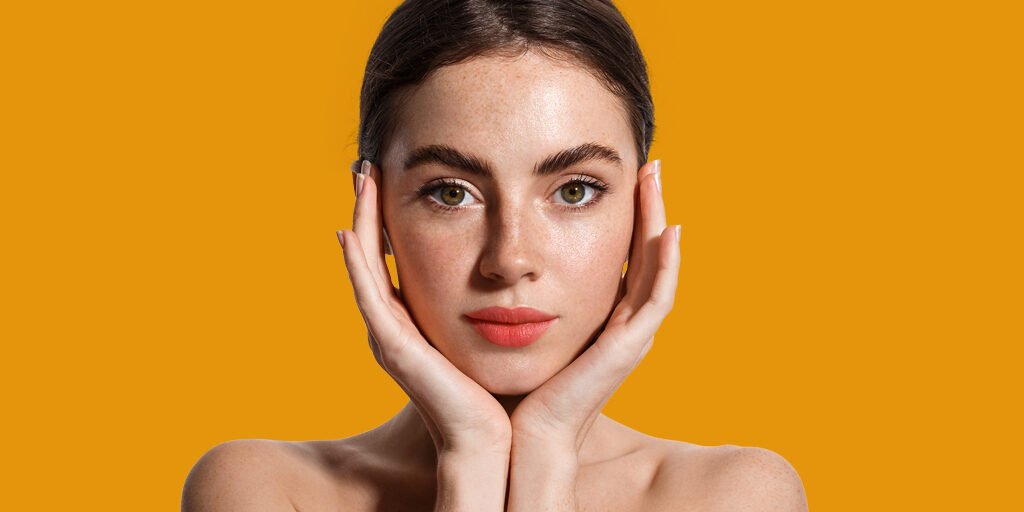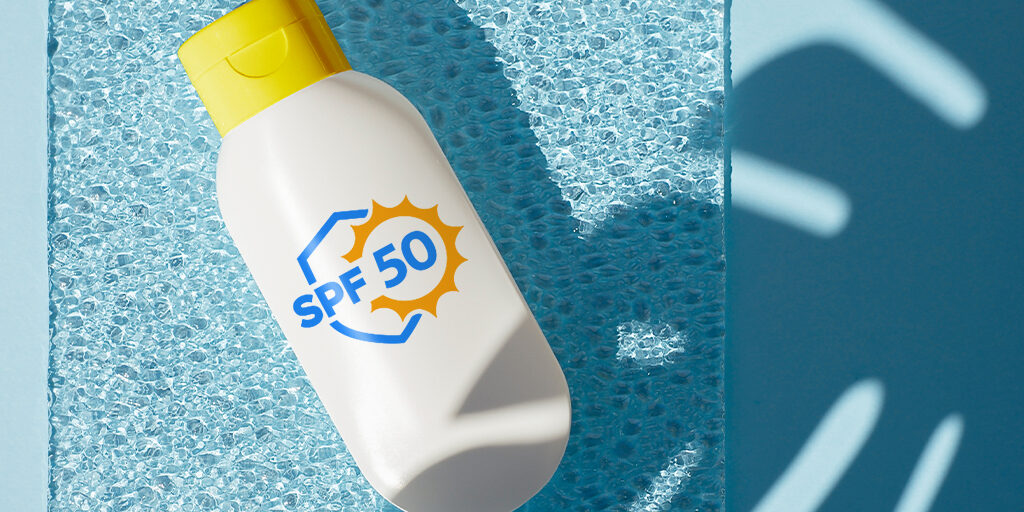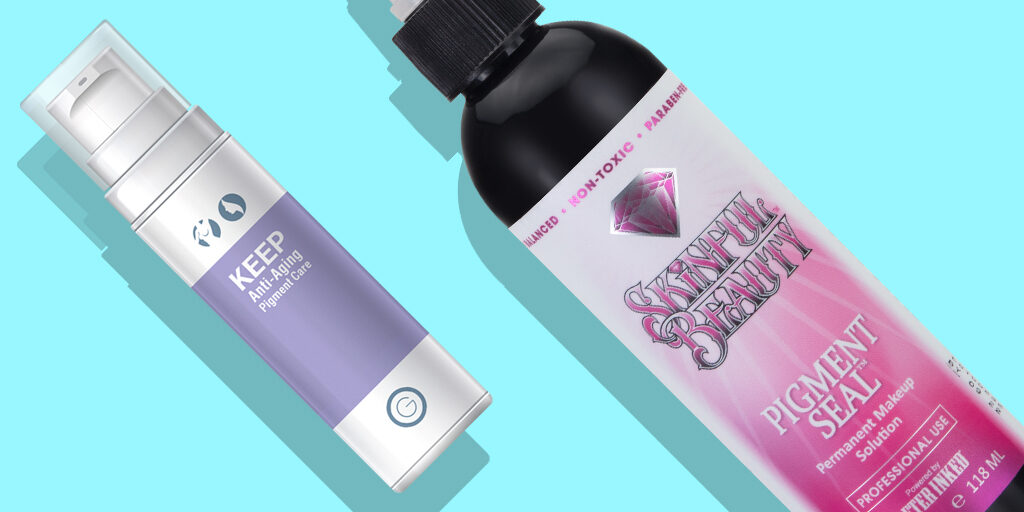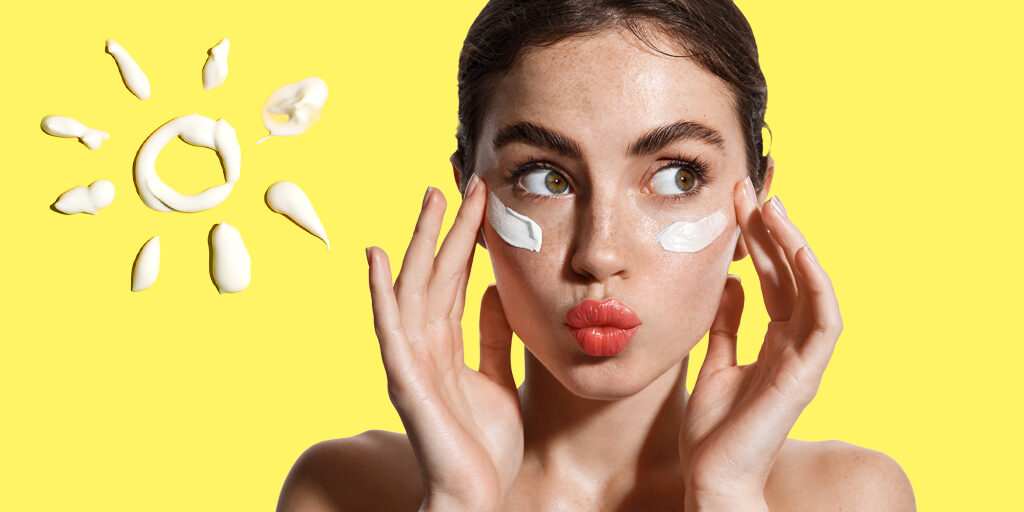Why do clients need to avoid sunbeds and sun exposure?
As a permanent makeup artist, it is so important to communicate the importance of aftercare to your clients. You can be the most skilled PMU artist in the world but if your client fails to follow aftercare instructions, results will not heal as desired and the client may be left unhappy. We have a whole blog post dedicated to aftercare which you can read here.
A big part of aftercare advice involves protecting the treated area from sun exposure, in the days following the procedure and long term. In this blog, we will talk you through why sun exposure and sunbeds can be detrimental to the treatment and your client’s safety.

Why do clients need to avoid sun exposure immediately after permanent makeup?
Immediately after a treatment, the area should always be treated as an open wound and cared for in the same way to prevent infection and ensure healthy healing. This means that the area is extremely sensitive and fragile in the days following treatment, making it more susceptible to sun damage.
If exposed to harmful UV rays, the chance of sunburn and long-term damage is far greater. If a client was to use a sun bed after a procedure, they are at extremely high risk of burning, blistering and even scarring the area. Stressing these complications to your clients is so important, especially if they are regular sunbed users.
Similarly, exposure to UV rays in natural sunlight can be equally as dangerous. If your client is going on holiday or lives in a tropical location, they should not directly sunbathe and always wear a hat to cover the area during healing. But ideally, strong sun exposure should be avoided altogether to protect the area. Due to this, having PMU just before a holiday is not advised, especially as you cannot get the area wet either.
What about healed PMU?
Even once the area has fully healed and the skin is stronger, sun exposure is still damaging for permanent makeup. UV rays can accelerate pigment fading, and over-exposure will lead to pigment disappearing significantly faster than expected and even fading to unwanted tones. It is key to make clients aware of this before they have a treatment, to avoid any nasty surprises if their results fade to nothing or turn ash grey after only 6 months!
Most artists would discourage sunbed use completely, as the high-intensity UV rays will definitely accelerate fading and compromise longevity of the results. For natural sunlight, it is recommended to always apply SPF 50 to the area to protect the pigment. Not only in the summer, as UV rays can penetrate the skin all year round so clients should use SPF 50 daily even in colder months. It will not only help pigment last longer but applying SPF all over the face is hugely beneficial in protecting the skin against sun-damage, premature ageing, and significantly reducing the risk of skin cancer.

What if my client doesn’t follow my advice regarding sun exposure?
This is a difficult one. Sometimes you can give your client all the correct guidance but as an artist, you have no control over whether they follow it! Speaking to the clients about the complications of PMU and sun exposure is important to ensure that they are educated about the risks if they do expose the area to UV rays during the healing process. Hopefully the likelihood of developing burns, blisters, scarring and other ailments will deter any clients from taking that risk.
When it comes to healed PMU, it may be more difficult to convince your clients to avoid sunbeds, excessive sunbathing and to use SPF 50. Clients who disregard this advice are much more likely to see results disappear shortly after they have paid for a treatment. Results may also fade to an unwanted tone much quicker. If this happens and they require more regular top ups in a shorter space of time, this is more traumatic to the skin and puts them at risk of infection and scarring. It can also become extremely expensive!
As well as sharing this advice on your social media and in person during consultations, including it as part of your consent forms is extremely useful (along with other complications that can arise if aftercare is not adhered to). It is strongly advisable to give the client a copy of the consent form to take away or, if you work digitally, email them a copy for their records. This way you are covered if the client goes against your advice and suffers the consequences.

And that’s everything you and your clients need to know about the risks of sun exposure following a permanent makeup procedure. Hopefully this information is enough to deter your clients and promote long-lasting retention.
